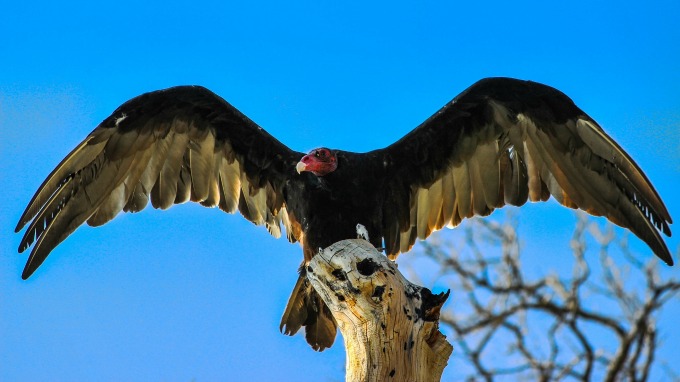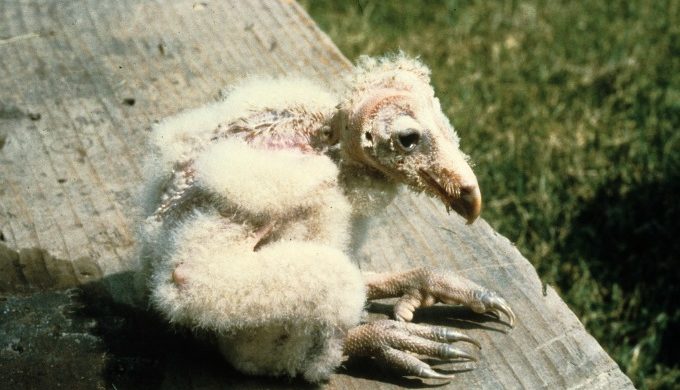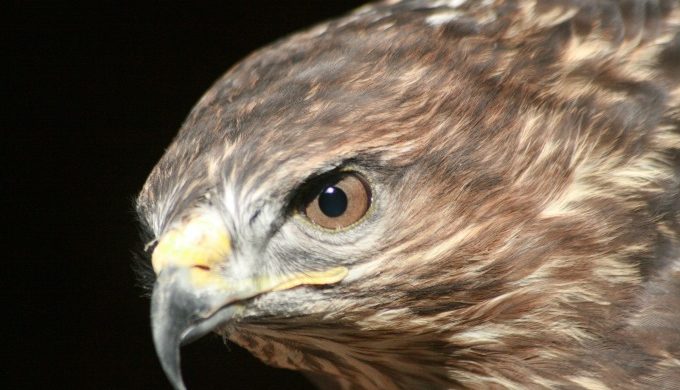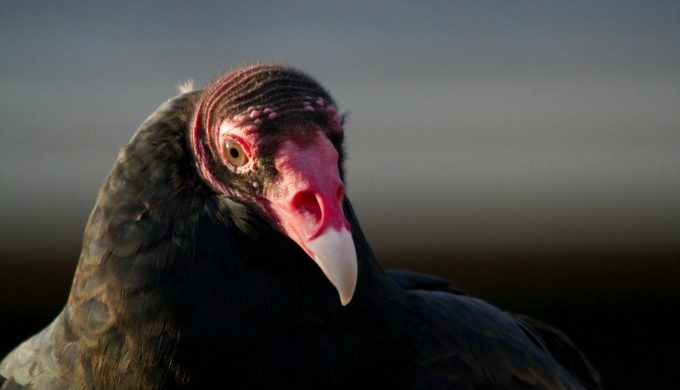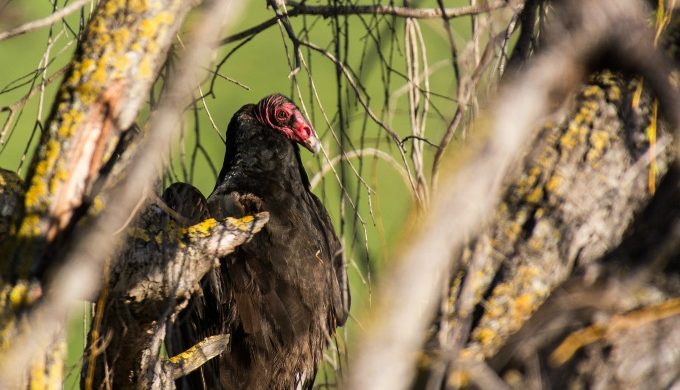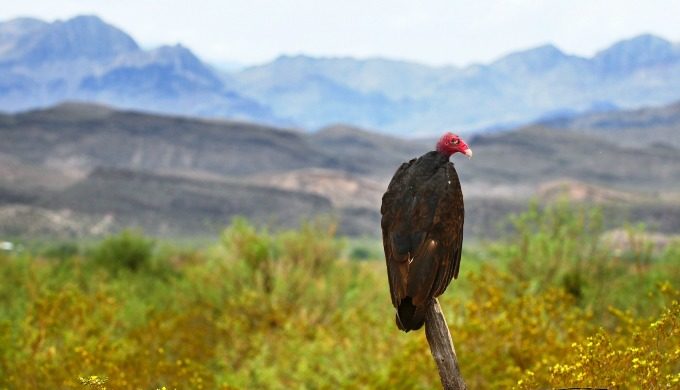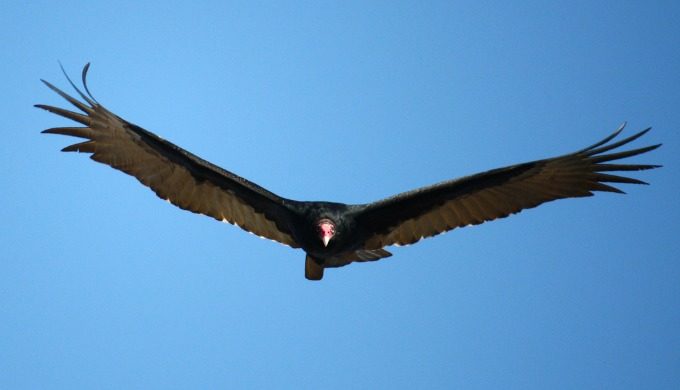The turkey vulture is a common sight along roads in Texas. Typically seen feeding on roadkill, these birds are often misunderstood and unnecessarily feared. Turkey vulture numbers are on the rise in Texas, so maybe it’s time to make peace with these interesting creatures.
Here are ten interesting (and yes, kind of gross) facts about Texas turkey vultures:
Photo: Flickr/R Stone Jr.
This vulture is often seen standing in a spread-winged stance. The stance is believed to serve multiple functions: drying the wings, warming the body, and baking off bacteria. It is practiced more often following damp or rainy nights.
Photo: Flickr/budgora
Turkey vultures rarely, if ever, kill prey themselves. The turkey vulture can often be seen along roadsides feeding on roadkill, or near bodies of water, feeding on washed-up fish. They also will feed on fish or insects which have become stranded in shallow water. Like other vultures, they play an important role in the ecosystem by disposing of carrion which would otherwise be a breeding ground for disease.
4. Co-Parenting Like A Boss
Photo: Flickr/Wisconsin Dept. of Natural Resources
Both males and females are active in the lives of their young. Both sexes help to incubate eggs and then, once hatched, males and females both help raise the young.
5. Don’t Call Them ‘Buzzards.’
6. A Face Only a Mother (Vulture) Could Love!
Photo: Flickr/Budgora
Vultures aren’t the most aesthetically-pleasing of all Texas birds, but this is by design. Their bald heads make for easier clean-up, after a day spent neck-deep in a carcass.
7. Black Vultures Give Turkey Vultures a Bad Rap.
Photo: Flickr/John Mullhaupt
Whereas turkey vultures feed primarily on carcasses of already dead animals, black vultures have been reported by farmers as killing young livestock. Often you’ll find turkey vultures traveling alongside black vultures though. In this case, the black vultures kill an animal and the turkey vultures stick around to clean up the carnage.
9. A Solution for Sweaty, Dirty Vulture Feet
Photo: Flickr/Robert Hensley
During the hot weather, vultures will defecate (yes, poop) on their own feet to cool them off. Since vulture’s digestive juices kill bacteria, it’s also thought that defecating on their feet acts as an antiseptic rinse for dirty, bacteria-covered feet.
10. Excellent Sense of Smell




